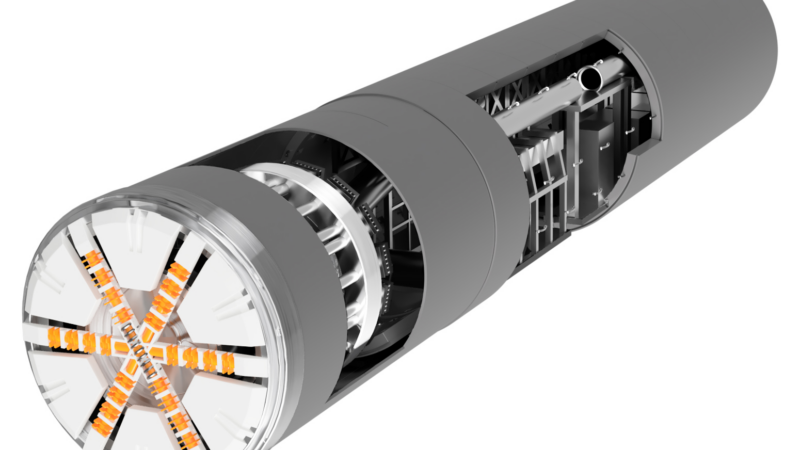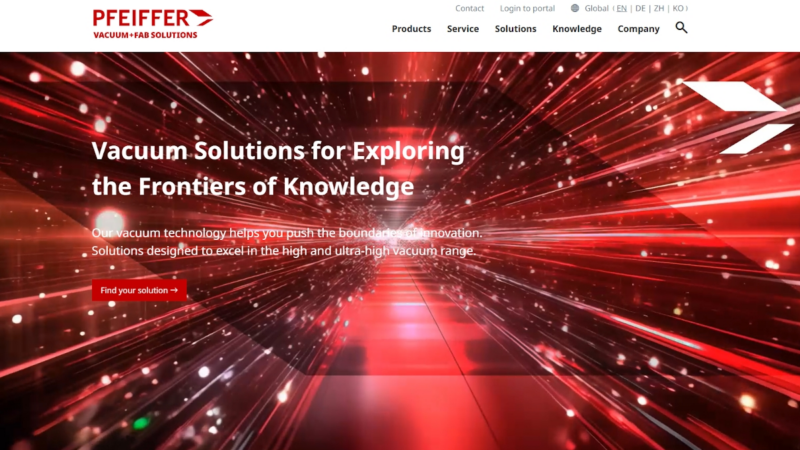The results of two pre-clinical studies funded by the Osteology Foundation have been published recently in the peer-reviewed journal Clinical Oral Implants Research.
Supporting research into all aspects of oral tissue regeneration is a core task of the Osteology Foundation. Over recent years, the Foundation has supported a number of pre-clinical and clinical studies that have led to about 30 publications in international peer-reviewed journals.
In 2014 the results from two pre-clinical studies supported by the Osteology Foundation were published in the high-ranking journal „Clinical Oral Implants Research“. Both studies provide important insights into basic mechanisms in bone loss and tissue regeneration.
Pre-clinical rat model for studies on osteoporosis
A study by Xi Ling Liu and co-workers from Hong Kong investigated the skeletal site-specific response to ovariectomy in a rat model (Liu 2014). The investigators examined changes in bone density and microcarchitecture in different bone sites and found significant differences, which is highly relevant for other studies using this animal model for osteoporosis-related studies.
After 36 weeks the researchers observed that jaw bones and cranial bones in ovariectomized rats only showed a minor reduction in bone mineral density, whilst long bones, lumber vertebra and ilium in the same animals showed significant bone loss compared to the baseline. A significant deterioration of the trabecular structure was detected in the long bones and vertebra, while jaw bones remained relatively stable. Overall, femur and tibia displayed the largest bone loss.
Relevant information for further studies using the model
The study by Liu et al. assessed for the first time the systemic site-specific bone loss and microarchitecture changes in ovariectomized rats, a widely used animal model that mimics the estrogen-deficiency-induced bone loss, and one which is approved by the FDA for osteoporosis.
The results provide valuable information for the selection of bone sites and observation times in further studies using this animal model for osteoporosis studies – a topic that is becoming increasingly important, since osteoporosis, along with the aging of the population, has developed into a relevant health burden.
Crosslinked and non-crosslinked collagen matrices
A different topic investigated the study by Daniel S. Thoma and his co-workers from Zurich (Thoma 2014). Their study, which was also funded by a Research Grant from the Osteology Foundation, investigated in a rat model whether the crosslinking of a collagen matrix, as well as the addition of recombinant human platelet-derived growth factor-BB (rhPDGF-BB), influenced tissue integration, angiogenesis and degeneration of the collagen matrices.
Four treatment modalities were tested in an ectopic model in rats and compared for the study: the cross linked matrix with and without rhPDGF-BB, and the non-cross-linked matrix with and without rhPDGF-BB. In 50 rats, the four combinations were planted in four unconnected pouches on the back of each animal. Descriptive histology and histomorphometric assessments were performed at 2, 4, 8, 16 and 24 weeks after the surgery.
Angiogenesis and stability of the collagen matrices
The study showed that the compact layer of the non-cross linked matrix delayed angiogenesis and connective tissue formation, while the spongeous cross-linked matrix facilitated early vascularization and also demonstrated network presence over a longer time span. No statistically significant effects of rhPDGF-BB were observed for any of the evaluated parameters.
Different characteristics for different indications
These results revealed that both types of matrices can be successfully incorporated into the tissue. However, the matrix composition influenced the healing patterns. The study therefore revealed important information on the use of the two different collagen matrices for different indications, since they provide different characteristics due to their different designs. These are important findings that help to evaluate the efficacy of different matrices for different indications and to understand why such differences exist.
References
– Liu XL, Li CL, Lu WW, Cai WX, Zheng LW. Skeletal site-specific response to ovariectomy in a rat model: change in bone density and microarchitecture. Clin Oral Implants Res. 2014 Mar 5. doi: 10.1111/clr.12360.
– Thoma DS, Nänni N, Benic GI, Weber FE, Hämmerle CH, Jung RE. Effect of platelet-derived growth factor-BB on tissue integration of cross-linked and non-cross-linked collagen matrices in a rat ectopic model. Clin Oral Implants Res 2014 Sep 30. doi: 10.1111/clr.12496.
More information (http://www.osteology.org/media/news/detail/news/new-publications-from-osteology-funded-studies/)
The Osteology Foundation’s motto is „Linking Science with Practice in Regeneration“. The Foundation was established in 2003 and its core activities include funding of research projects and organisation of national and international symposia throughout the world. In recent years, the Foundation has expanded its focus. Today, it also offers courses and textbooks specifically for researchers in the field of oral tissue regeneration.
Kontakt
Osteology Foundation
Dr. Heike Fania
Landenbergstrasse 35
6002 Lucerne
+41413684441
heike.fania@osteology.org
http://www.osteology.org






